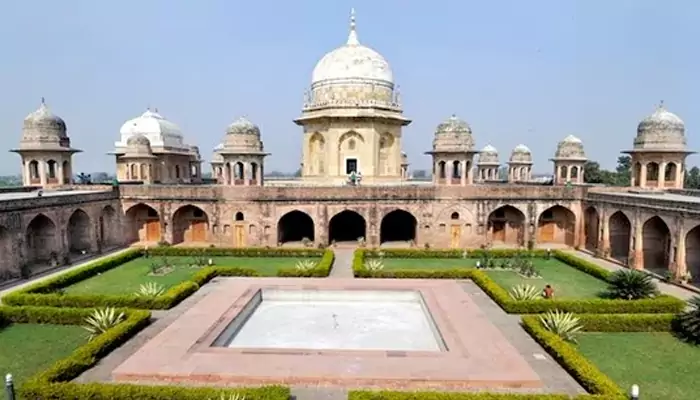
Clicking pictures is an art, but it also involves science.
These days, everyone is a photographer with good mobile phones and automatic softwares available. However, there are a few things that should be kept in mind, especially when you are going to click the heritage sites.
On World Heritage Day, let's explore how we can preserve and master the art of immortalizing our cultural treasures through the magic of pixels.
Sunlight plays a crucial role in capturing the true essence of historical sites. The angle and intensity of sunlight can dramatically affect the mood and appearance of your photos.
Pay attention to how the sunlight interacts with the architectural details, casting shadows that add depth and dimension to your images. Early morning or late afternoon light tends to be softer, creating a warm glow that enhances the beauty of old buildings and monuments.

Avoid shooting during harsh midday sun as it can result in overexposed photos with washed-out colours. Experiment with different angles and positions to make the most of natural light, highlighting unique features and textures.
Make sure that your subject is placed thoughtfully within the frame, considering elements like leading lines or symmetry to enhance the visual appeal. Experiment with different angles and perspectives to find the most captivating composition for each shot. Don't be afraid to get creative and try unconventional framing techniques.
You should also pay attention to details in the background that could either complement or distract from your main subject. Adjust your composition accordingly for a harmonious overall image.

When capturing heritage sites, shooting on landscape mode can make a significant impact on your photography. Landscape mode allows you to capture the wide expanse of historical buildings or landmarks in one frame, showcasing their grandeur and beauty. It helps in emphasizing the scale and intricate details of these locations. By using landscape mode, you can ensure that you include all elements of the heritage site in your shot, giving viewers a comprehensive view of its surroundings and context. This perspective adds depth and dimension to your photographs.
Shooting in landscape mode enables you to incorporate more of the natural environment surrounding the heritage site into your composition.
Depth of field refers to the range of distance that appears acceptably sharp in an image. By adjusting your camera settings to achieve a suitable depth of field, you can control which elements in the frame are in focus and which ones are blurred out. This technique allows you to highlight specific architectural details or capture sweeping landscapes with precision.
A shallow depth of field can create a dreamy effect by isolating the subject from its surroundings, perfect for showcasing intricate stone carvings or ornate decorations on old buildings.
As a heritage photographer, checking the weather before your shoot is crucial for capturing the perfect moment in time. The weather can greatly impact the lighting and overall mood of your photographs. Before heading out with your camera, take a quick look at the weather forecast for that day.

Rainy days can add a unique atmosphere to your heritage photography, while clear skies are ideal for showcasing architectural details. Foggy mornings can create a mysterious vibe around ancient structures, so don't shy away from shooting in different weather conditions.